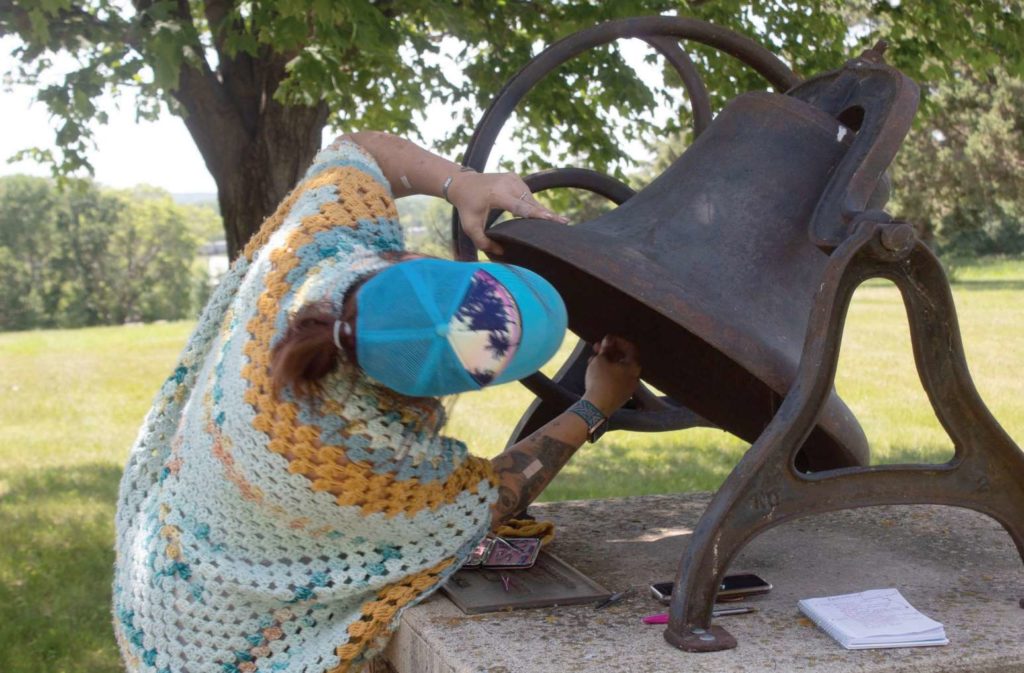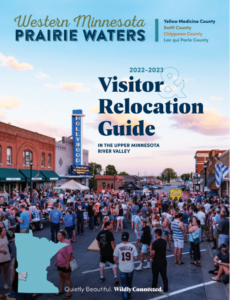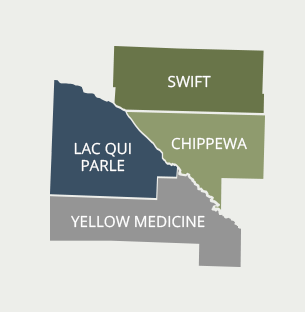
Trails
Picnic
Beach
What to pack: a charged portable battery bank for cell phones, charging cords, water for hydration, little trinkets (to possibly leave behind), a pen and paper, snacks, gardening gloves, and a tweezer set.
Helpful tips: Patience, and persistence , are what top the list of tips for Geocaching. Other tips include having enough time to really look thoroughly, get creative when you’re looking, take pictures, check for ticks when you’re done, wear pants, and wear closed toed shoes.
You may be asking yourself what is geocaching? Or, perhaps you’ve been geocaching and you know what an adventure it can really be. The word geocaching comes from two words, “geo” (which means earth) and “cache ” (has two meanings . It is a French word firs t penned in 1797 meaning hiding place for valuables and also meaning “memory cache” as in computer storage of commonly used information.) Geocaching has been happening for over 20 years. It was first started on May 3, 2000 when Dave Ulmer, a computer consultant, decided to test the accuracy of GPS, which had just debuted on May 2, 2000 . Ulmer posted the coordinates to this bucket are N45 degrees I7.460 W122 degrees 24.800. As far as research could show, the bucket still exists in the very spot geocaching was started in spring of 2000.
Geocaching is what brought Lindsay Peterson, and her toddler Roman, of Sartell, out to the Montevideo and Granite Fa1ls area for the day. Peterson had never been geocaching before; she said she had a lot of fun doing it, but didn’t realize at first just how small “micro” meant. Using an app called Geocaching, Peterson was able to navigate a map that showed several geocaches hidden in areas from Milan, all the way to Montevideo and over into Granite Falls. She said, “The most frustrating part is that you don’t exactly know what you’re looking for or where it is. It’s literally trying to find a needle in a haystack.”
Peterson was the one who suggested the biggest thing needed when setting out to go geocaching was to have PATIENCE and persistence; she also is the one who suggested having a tweezer set with on the adventure. You may be wondering. “Why a tweezer set?” Many of the geocaches on must seek and find arc called “micro” which means tiny. Peterson also said that once she knew what she was looking for, in regards to just how tiny “micro” really meant, it became a bit easier to search.
A simplistic way to approach the searching is to think of it as a treasure hunt. Utilizing the app Ceaocaching is helpful because it shows the area the geocaches are hidden and there is an electronic log for each one; some people reveal tricks or clues to the item that’s been hidden. Those clues are almost always helpful in a successful find.
For this modern day treasure hunt, Peterson started in Milan at the Lions Park, but had no success as there was no geocache to be found. This is where patience and persistence come into play. As she made her travels to Montevideo she sought out four geocaches that took her to Smith Park, Chippewa village, and to the racetrack. She wasn’t ale to locate any of the geocaches in aforementioned places, but was invested in her geocaching search so she pushed on towards Granite Falls.
About halfway between Montevideo and Granite Falls is a cemetery named Strombeck Cemetery where a geocache was listed as being hidden. With a lot of persistence and some creative looking, Peterson located her first successful geocache. It was a micro one hidden high up inside an object at the cemetery. This was when the tweezer set came in handy and the micro geocache was half the size of an average thimble! Using a pointed tweezer, Peterson was able to pull out a tiny scroll of paper which she then wrote on and dated so that the next person who finds it can see when it was last found.
Peterson found a myriad of success locating geocaches in Granite Falls. She set out to find four and, again, with a lot of patience and persistence, Peterson found all four; the locations of the four she found were on the walking bridge, in the forest of trees and boulders near Hardees, and in a residential spot off of 9th Street. Closed toe shoes are your best bet when searching for the geocache located near Hardees, as that one took Peterson on a hike up the boulders and through the forested area surrounding the huge rocks. She managed to find that geocache and said she was grateful to have been wearing long pants in lieu of shorts. Even if one doesn’t have success in finding the geocaches located on the app map, it’s still an adventure that gets you out of the house and out into nature. There are several geocaching apps out there; the most recommended is simply called Geocaching.
Please adhere to any park signs posted in regards to when they’re open for visitors and be mindful of your surroundings in general. While geocaching can absolutely be done solo, try it with a friend or two and make a whole day of it. And remember to take pictures.

This find was located inside of a bell in the Strombeck Cemetery.
Reporter & photography by Cynthia Christians








